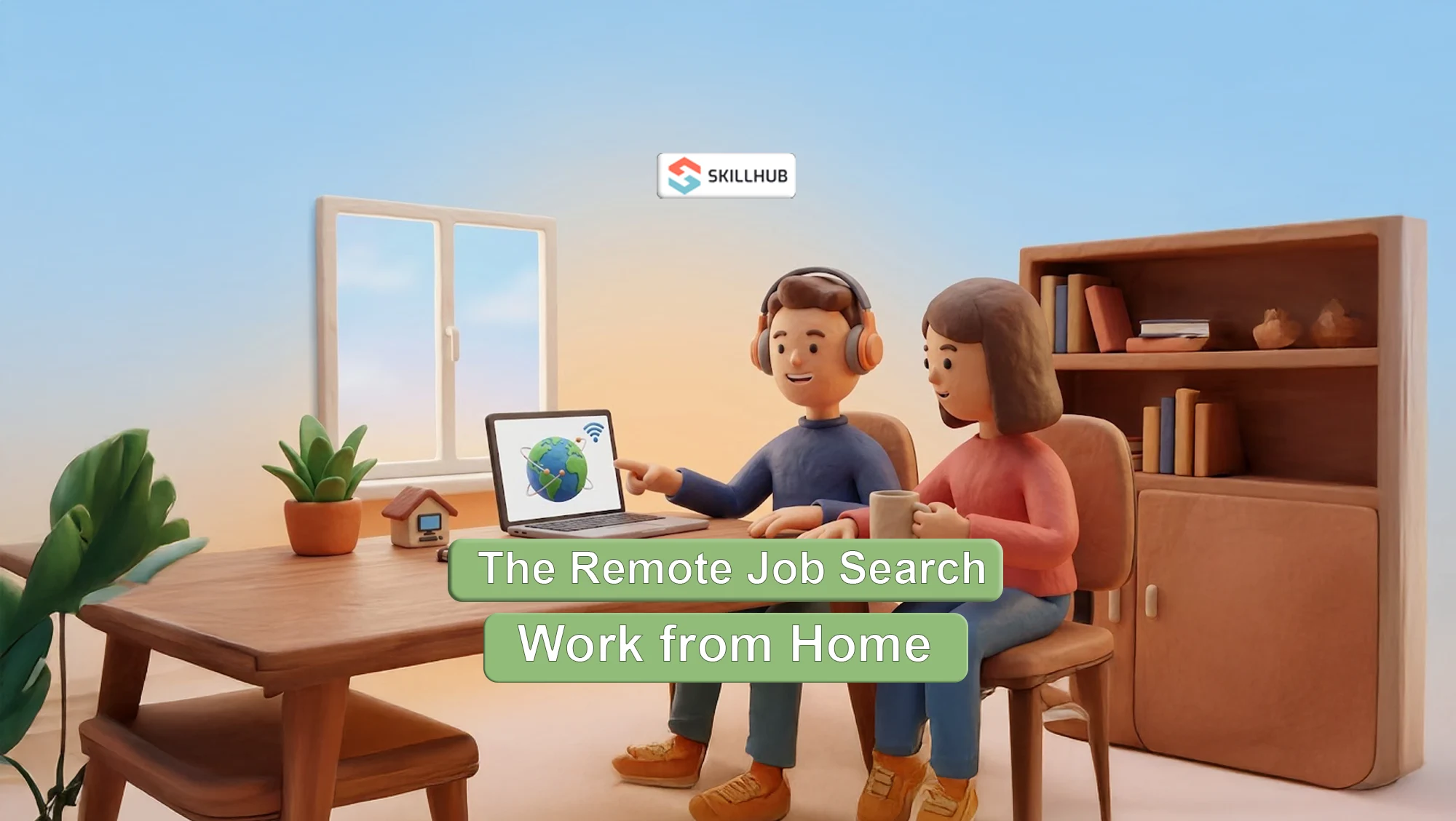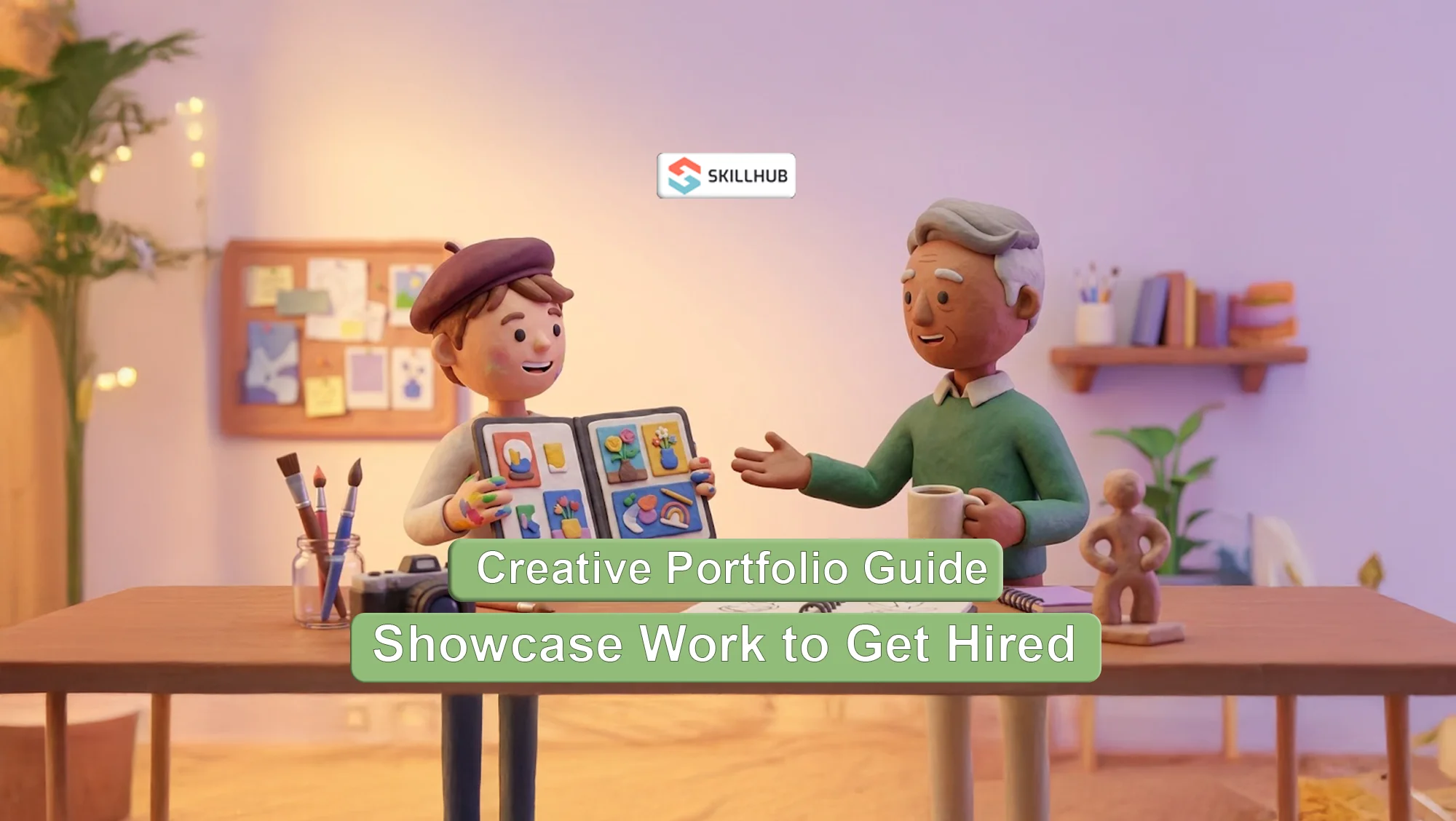Resume Summary vs. Objective vs. Profile: The Definitive Guide to Your Opening Statement

The first three seconds a recruiter spends on your resume are the most critical of your job search. In that brief, brutal window, their eyes will scan the very top section of your document. Based on those first few lines, they will make an immediate, subconscious judgment: "Is this person qualified, or am I wasting my time?" That opening statement whether it's a Summary, an Objective, or a Profile is your single most powerful piece of marketing real estate. Choosing the wrong one, or writing it poorly, guarantees your resume ends up in the rejection pile.
This is a source of profound confusion for most job seekers. The terms are often used interchangeably, yet they serve three distinct strategic purposes. Using a Resume Objective when you're a senior executive is a critical error that signals naivete. Using a Summary when you're a career changer is a missed opportunity to tell your story. This guide provides a definitive, expert breakdown of all three, ensuring you select the precise tool for your specific career situation.
Understanding this choice is the first step in crafting a resume that doesn't just list your history but sells your future value.
The Psychology: How Recruiters and ATS Read Your Opening
Before you write a word, you must understand your two audiences: the machine (ATS) and the human (Recruiter).
- The ATS (Applicant Tracking System): The ATS is a keyword-matching filter. When it parses your resume, it gives significant weight to the keywords at the top. If the job description calls for "logistics management" and "P&L oversight," and your opening statement includes these exact terms, you score immediate points. A vague or poorly chosen opening can cause the ATS to miscategorize you, filtering you out before a human ever sees your name.
- The Human (Recruiter): The human recruiter spends an average of 6-7 seconds on the first scan. They use an "F-shaped pattern," meaning they read the top line, scan down the left side, and glance at a few key bullet points. Your opening statement is the only part you can be 100% sure they will read. This is the Primacy Effect in action: the information they read first colors their perception of everything that follows. A strong, data-driven opening makes them want to believe the rest of your resume is just as good.
Your opening statement is your thesis. It tells the reader what to look for in the 'evidence' that follows (your work experience). A weak thesis means the reader has no idea what story you're trying to tell. A strong one guides them directly to the conclusion you want: 'This person must be interviewed.
The Core Difference at a Glance
Let's establish a clear baseline. The difference is all about your career stage and your primary goal.
Deep Dive 1: The Resume Summary (Your Executive Highlight Reel)
The Resume Summary, often called a Professional Summary, is the modern standard for the majority of professionals. It is a confident, 3-5 line paragraph that sits directly below your contact information. Its sole purpose is to provide a high-level, condensed "greatest hits" of your career, proving your value without forcing the recruiter to read any further.
Strategic Focus: This section is backward-looking; it uses your past achievements to prove you are a low-risk, high-reward hire. It must be dense with quantifiable data.
Core Components:
- Your Title & Experience: "Results-driven [Your Title] with [X] years of experience in [Your Industry/Specialty]."
- Core Competency: "Proven expertise in [Skill 1], [Skill 2], and [Skill 3]."
- The Quantified Proof: "Track record of [Your Best Quantifiable Achievement, e.g., increasing revenue by X%, reducing costs by Y%, or leading a team of Z]."
Detailed "Before & After" Examples:
Role: Project Manager
- Weak Summary (Before): "Seasoned project manager with experience in leading teams and managing projects. Highly organized and a great communicator. Seeking to leverage my skills in a new environment."
- Why it fails: It's a passive list of duties. "Highly organized" is a subjective cliché. It wastes space with "seeking to leverage."
- Strong Summary (After): "PMP-Certified Senior Project Manager with 10+ years of experience delivering $15M+ technology projects on time and 12% under budget. Proven expertise in Agile methodologies, risk mitigation, and cross-functional team leadership. Track record of improving team efficiency by 30% through process optimization."
- Why it works: It leads with certifications (PMP), uses action verbs, and provides hard, quantifiable metrics ($15M+, 12%, 30%).
Role: Sales Executive
- Weak Summary (Before): "Successful sales executive with a history of meeting quotas and building client relationships. A real go-getter who thrives in a fast-paced environment."
- Why it fails: "Go-getter" is one of the worst clichés. "Meeting quotas" is the bare minimum expectation, not an achievement.
- Strong Summary (After): "Top-performing Sales Executive with 7 years of experience in the B2B SaaS sector. Consistently ranked in the top 5% of the sales force, exceeding a $2M annual quota by 140% for three consecutive years. Expert in solution selling, new territory expansion, and closing enterprise-level deals."
- Why it works: It provides specific rank (top 5%), quota ($2M), and performance (140%), all while name-dropping high-value skills ("solution selling," "enterprise-level deals").
Verdict: If you have 3+ years of experience and a track record of accomplishments, the Resume Summary is your best choice.
Deep Dive 2: The Resume Objective (Your Strategic Pivot)
The Resume Objective has fallen out of favor for most, but it remains a critical and powerful tool for two specific groups: career changers and entry-level candidates. Unlike a summary, an objective is forward-looking. It tells the recruiter what you want to do and what skills you will apply, rather than what you have already done.
When to AVOID an Objective: If you are an experienced professional continuing in your field, an objective looks amateurish. It implies you don't have enough accomplishments to summarize, so you're focusing on your "wants" instead.
Strategic Focus: This section explains why your seemingly unrelated experience is relevant to the job you want. It connects the dots for the recruiter so they don't have to.
Detailed "Before & After" Examples:
Scenario: Career Changer (Teacher to Software Sales)
- Weak Objective (Before): "Seeking a challenging entry-level position in software sales that will allow me to leverage my people skills and learn new things in a fast-paced environment."
- Why it fails: It is entirely about what you want ("learn new things," "challenging position"). It provides no value to the employer.
- Strong Objective (After): "To secure a Business Development Representative role at a high-growth SaaS company, leveraging 7+ years of experience in persuasive communication, data tracking, and curriculum development to rapidly exceed sales quotas and contribute to territory growth."
- Why it works: It targets the role, re-frames "teaching" as "persuasive communication," and focuses on the employer's goals ("exceed sales quotas").
Scenario: Entry-Level (New Graduate)
- Weak Objective (Before): "A recent graduate with a B.A. in English seeking an opportunity to start my career in marketing."
- Why it fails: Passive and generic. States the obvious.
- Strong Objective (After): "Detail-oriented and creative Marketing graduate with a 3.8 GPA and hands-on internship experience in SEO and content creation. Eager to apply proven research and data analysis skills to help the [Company Name] team grow its organic traffic and improve user engagement."
- Why it works: It specifies the skills (SEO, data analysis), provides proof (3.8 GPA, internship), and directly targets the company's needs (grow traffic).
Verdict: If you are changing careers or have minimal professional experience, a targeted Resume Objective is your most strategic choice.
Deep Dive 3: The Resume Profile (Your Technical Snapshot)
The Resume Profile (sometimes called a "Technical Summary" or "Summary of Qualifications") is a different tool altogether. It is less of a narrative and more of a quick-reference "snapshot." It is most effective for professionals whose value is defined by a large, diverse, and specific set of technical skills. This is common for IT professionals, engineers, scientists, and academics.
Strategic Focus: This section provides a skimmable list of your key technical competencies, certifications, and areas of expertise before the recruiter gets to your work history. This is pure computer skills and keyword optimization for a technical screener.
Format: It often uses a hybrid format: a 1-2 line summary paragraph followed by a clean, multi-column bulleted list of skills.
Example (IT Project Manager):
"Certified PMP and Scrum Master with 12+ years of experience managing the full lifecycle of complex IT infrastructure and software development projects. Proven ability to deliver multi-million dollar projects on time and 15% under budget."
Core Competencies:
- Methodologies: Agile, Scrum, Waterfall, PMBOK
- Software: JIRA, Confluence, MS Project, ServiceNow
- Technical: Cloud Migration (Azure), Risk Management, Vendor Negotiation
- Certifications: PMP, CSM, ITIL Foundation
This format allows a technical recruiter to immediately confirm that you have the required hard skills for the role in under five seconds.
The Expertise Barrier: Top 5 Mistakes in Opening Statements
This is the highest-stakes writing you will do in your job search, and it's where most candidates make critical, unforced errors.
- Using Clichés: This is the most common sin. Deleting words like "Go-getter," "Team player," "Motivated," "Hard-working," and "Results-oriented" will instantly improve your resume. These words are subjective, empty, and waste space.
- Lacking Quantifiable Data: The biggest failure. A summary without numbers is just a collection of unproven claims. "Increased sales" is meaningless. "Increased sales by 20% in Q3" is an achievement.
- Using the First-Person: Never use "I," "Me," or "My" in a resume. It is a professional document, and the context implies it's about you. "I led a team..." should be "Led a team..."
- Making it Too Long: This is not your life story. It is a 3-5 line summary. If your opening is a massive, 8-line block of text, you've already failed the 6-second test.
- A "One-Size-Fits-All" Statement: Using the same summary for every job application is a lazy and ineffective strategy. You must tailor your opening, swapping in the exact keywords from the job description you are targeting.
Are you certain you can distill your entire career into three compelling lines that will make a recruiter stop and read the rest of the page? This is a unique, high-pressure writing skill. For many, this is the single most valuable place to seek expert help to ensure your "hook" is as sharp and effective as possible.
Conclusion: Your First Impression is Your Only Impression
The choice between a Summary, Objective, and Profile is a strategic one. There is no single "right" answer, only the "right" answer for your specific situation. By choosing the correct tool and loading it with quantifiable, value-driven language, you seize control of your narrative. You stop being a passive applicant and become a compelling candidate, all within the first six seconds.
Ready to ensure your opening statement is a powerful and effective sales pitch? Consult with a Skillhub Career Expert today to craft the perfect introduction for your unique career.
%20(1).png)



%20(1).webp)